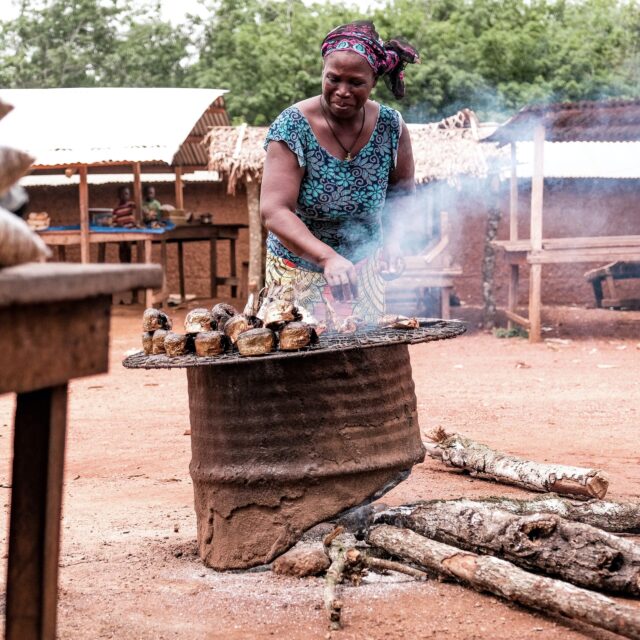COVID-19 has impacted almost every aspect of our global society, and people around the world are feeling these effects.
While the fatality rates have disproportionately affected men — the case-fatality ratio (which is “the proportion of individuals diagnosed with a disease and die from that disease”) is 2.4 times higher for men than women — women and girls are among the most vulnerable socially and economically compared to their male counterparts. From being more likely to work in the informal economy to engaging in unpaid work more often than not, women across the globe are, unfortunately, situated all too well to take the brunt of the economic impact of COVID-19. Here’s why.
Women in the informal economy
COVID-19 has severely impacted the informal economy — which refers to the jobs, economic activities, workers, and enterprises not protected or regulated by the state. And, women have felt these disruptions the hardest.
Globally, 740 million women work in the informal economy, and as of 2018 that’s 58.1% of all working women worldwide. In developing countries, it’s even higher, with 70% of women employed in the informal economy. Jobs within this economy include market traders, street vendors, and more. Working in the informal economy means less access to formal employment benefits, like paid sick leave, health insurance, and unemployment benefits. With pandemic protection measures such as stay-at-home orders, quarantine, and social distancing, the informal economy has taken a severe hit, leaving millions without pay, protection, and benefits during this global economic downturn.
We’ve seen this happen before during the 2014 Ebola pandemic. In Liberia, women account for 85% of the daily market traders in the informal economy. But with the onset of Ebola and various measures to prevent the spread of the virus in place, the livelihoods and economic security provided by those trader jobs were directly affected. Incomes dropped, poverty rates increased, and though Liberia’s unemployment rate for both men and women tripled, it was women’s incomes that took longer to bounce back.
Unfortunately, COVID-19 is laying the groundwork for a similar impact, particularly in low-income countries.
Women’s unpaid work
The reality of unpaid work for women will also lead to disparities in the impacts of COVID-19. Unpaid work consists of everything from child care and family care to at-home work like cooking and cleaning.
The unfortunate reality is that even prior to COVID-19, women throughout the world were already engaging in a disproportionate share of unpaid work, which presented a major challenge to achieving women’s economic equality. Women do more work at home compared to their male counterparts. Globally, women work three times more at home than men — however, that number varies for each country and in some, women do six or seven times more work at home compared to men.
This has been exacerbated by the pandemic, partially because more women are likely to have lost jobs and be home: Female jobs are “1.8 times as likely to be cut in this recession than jobs held by men.” This alone is a relatively unforeseen economic impact, as previous recessions have a history of impacting men’s employment more heavily. In the 2008 recession in the US, men’s employment fell by 7.5% and women’s fell by 3.1%; now with COVD-19, women in the US have lost 11.3 million jobs compared to men, who lost 9.2 million jobs because the the job losses have been concentrated in industries where women hold a majority.
The pandemic has also made unpaid work more visible than ever before. With schools closed, children home, and healthcare systems stretched, many caretakers — who are disproportionately women — are doing double duty in jobs and in the home. In the US alone, women spend an average of four hours and four minutes on unpaid work per day, while men spend an average of two hours and 26 minutes.
But this expectation across the world that women “should spend hours every day doing cooking, cleaning, and caregiving that keeps her family going” without any sort of income, and an already unequal distribution of unpaid work between men and women, will ultimately end up hurting economies even more and slowing down post-COVID-19 recovery plans.
Mitigating the effects
If governments and policymakers take the right steps and act now, the disproportionate impact women and girls will feel due to COVID-19 can be lessened. It’s crucial to ensure that women are economically empowered during and after the pandemic.
When mapping out recovery plans in response to COVID-19, governments should ensure that women are accounted for and have equal representation alongside their male counterparts. The more equal the representation, the more balanced the distribution of response plans will be, and the more economically empowered women will be during and post-COVID-19.



